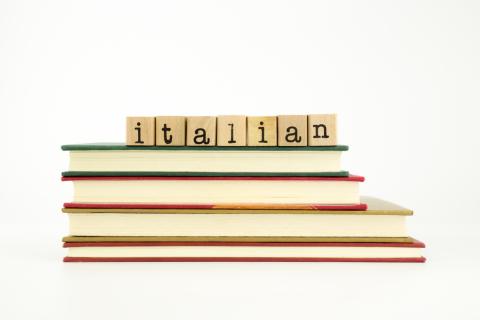Introduction
Italian translations require speed but also precision. Although automated tools exist, the quality of a skilled translator remains essential. In this article, we will explore how to translate efficiently without losing fluency or accuracy. You will also learn how to avoid frequent mistakes and improve your understanding of the language.

The Importance of Translations in Italian
Italian is a language with clear grammatical rules and unique idiomatic expressions. To achieve an effective translation, it is essential to understand sentence structures and adapt them correctly. Additionally, proper translation enhances communication in business, tourism, and digital content. For this reason, combining speed and quality in every translation is crucial.
Strategies for Fast and Accurate Translation
Understand the Context Before Starting
Before translating, it is necessary to analyze the meaning of the original text. Each word may change depending on the tone and context. Therefore, reading the entire text helps prevent incorrect interpretations. This way, the translation will be more coherent and natural.
Use Short and Clear Sentences
Long sentences can complicate translation. For this reason, it is advisable to divide ideas into simpler phrases. In this way, the message remains clear, and the process becomes faster. Moreover, a clear text is easier to understand and correct.
Take Advantage of Translation Tools
Online dictionaries and automatic translators can speed up the work. However, it is important to review each translation manually. Although these tools are useful, they do not always capture the context or idiomatic expressions. Therefore, a final review is essential.
Adapt Idiomatic Expressions
Each language has phrases that cannot be translated literally. For example, in Italian, the expression “In bocca al lupo” is used to wish someone luck, but its literal translation is “In the wolf’s mouth.” If translated literally, the meaning could be lost. To avoid this, it is better to find an equivalent expression in English.
Check Grammar and Spelling
Grammatical mistakes can affect a text’s credibility. Therefore, it is important to review verb conjugations and agreement. Additionally, spelling must be flawless to ensure smooth reading. As a result, a well-reviewed text conveys trust and professionalism.
Practice Translation Regularly
Constant practice improves both speed and accuracy. If you translate frequently, you will develop a better understanding of the language. Likewise, you will expand your vocabulary and improve your adaptability. Ultimately, practice is key to optimizing any translation process.
Translations in Italian: Common Mistakes
- Ignoring the context: Each word has a different meaning depending on the situation.
- Translating literally: Not all phrases have an exact equivalent.
- Neglecting grammar: Grammatical rules must be followed in every sentence.
- Misusing verb tenses: Proper verb tense usage is crucial.
- Overlooking spelling errors: A typo can completely change the meaning.
- Ignoring cultural differences: Some expressions may not be appropriate in certain contexts.
Useful Tools to Speed Up Translations in Italian
- Online dictionaries: Help find precise meanings and suitable synonyms. For example, WordReference.
- Spell checkers: Detect mistakes and improve text quality.
- Automatic translation platforms: Useful for a first draft but always requires revision.
- Specialized glossaries: Facilitate the translation of technical and specific terms.
- Translation forums: Allow professionals to resolve doubts and improve their work.
Tips to Improve Speed Without Losing Accuracy
- Familiarize yourself with the topic: Knowing the subject of the translation speeds up the process.
- Create your own glossary: A bank of common terms reduces search time.
- Read in Italian frequently: Exposure to the language enhances comprehension and fluency.
- Avoid distractions: A quiet environment allows for better concentration.
- Review your work carefully: A final revision ensures text quality.
Conclusion
Achieving fast and accurate translations in Italian requires practice and the right strategies. By applying these techniques, you will improve quality and reduce work time. Additionally, using tools and consistently reviewing your work will optimize the process. Finally, combining speed and precision is the key to an effective and professional translation.
If you need to know who to hire for your translations, please visit Translation Agency vs. Freelance Translator: Which is Better?



